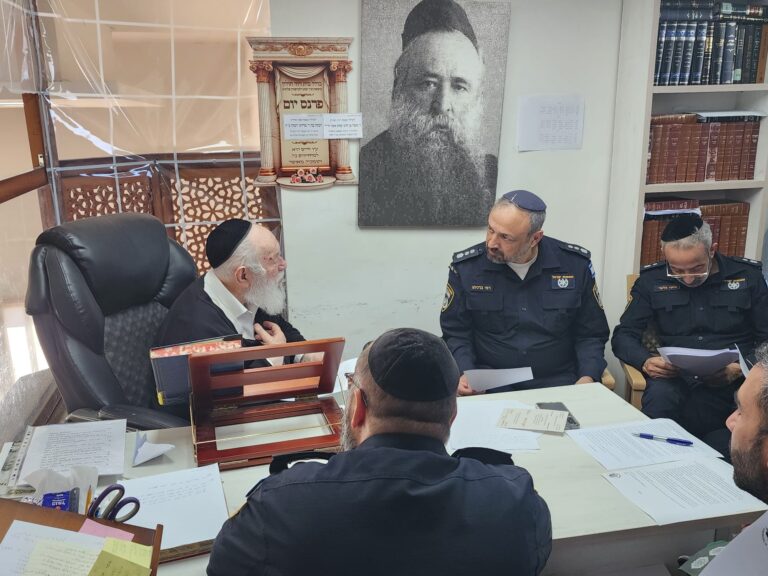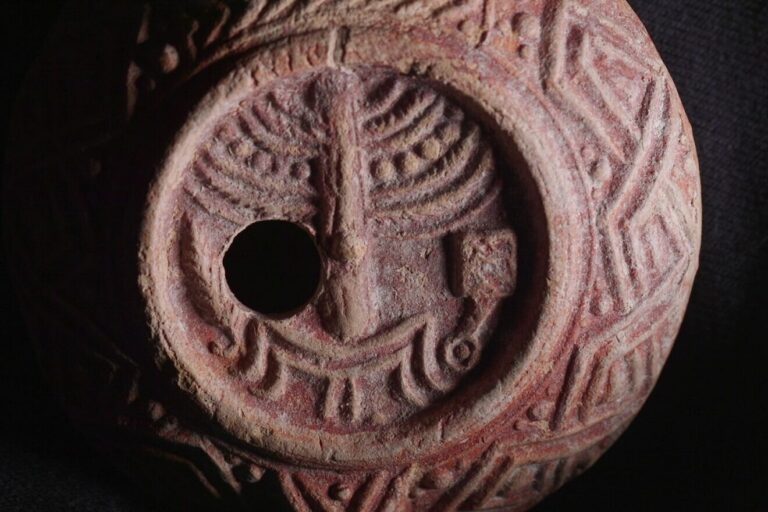By Rabbi Yair Hoffman for 5tjt.com
How often does it happen that a Rosh Yeshiva staying at the home of a wealthy gvir scares off a robber and unties the woman of house who is tied to a chair?
Rabbi Yosef Kahaneman zt”l (1886-1969) was known as the the Ponevezher Rav. He would often come to the United States to fundraise for his Yeshiva in Ponevezh. When he came to Chicago, he would stay at the home of Ike and Ella Rubin at 1613 S Millard Avenue on the west side section of Chicago. Ike was a building contractor and a real estate broker as well, and both had immigrated to the United States from Russia. At the time it was wealthy upscale area, particularly the North Lawndale section where the Rubins lived.
Ike and Ella were extraordinary baalei chessed and valued the great Mitzvah of Hachnassas Orchim. Ella even gave a copy of the house keys to Rav Kahaneman and told him, “Consider our home your home, and please come and go as you please.”
One day, Rav Kahaneman was coming back from his fundraising and noticed something amiss. He quickly opened the door and saw Mrs. Rubin tied to a chair. The robber ran off. Rav Kahaneman untied the distraught Ella and calmed her down until her husband arrived.
Some of this information was culled from Rabbi Akiva Fox’s fascination biolgraphy of Rav Chaim Fasman zt”l (p. 18). Rabbi Fasman’s maternal grandmother was Mrs. Ella Rubin. Ike and Ella Rubin were married in 1906.
Rav Kahaneman was a talmid of both the Telzhe Yeshiva as well as the Chofetz Chaim’s Yeshiva in Radin, where he had studied under Rav Naftoli Trop.
The author can be reached at [email protected]












3 Responses
I would be very interested to know how these Gedolei Yisroel managed when they stayed in homes that were probably not up to the exceptionally high standards of kashrus kept in their own homes?
Did their hosts keep yoshon (or rely on Bach that chodosh in chutz l’aretz is muttar)?
Cholov yisroel (which was very rare to find)?
All the chumros of shitos relating to bishul yisroel?
Don’t know. Better ask how dare he untied the woman and scared the robber.
And were she drowning, would he keep Negia too and let her drown?
Vollraeder, I have no issue with him untying the bound woman which (1) could be done without negiah, and (2) even if inadvertent/accidental negiah, it is “shelo kederch chiba”, which is muttar.
But then you continue with your narish thinking as you compare untying a bound woman which usually is not pikuach nefesh, with saving a drowning woman – a clear pikuach nefesh. It is all a shittah of krimkeit, from start to end.